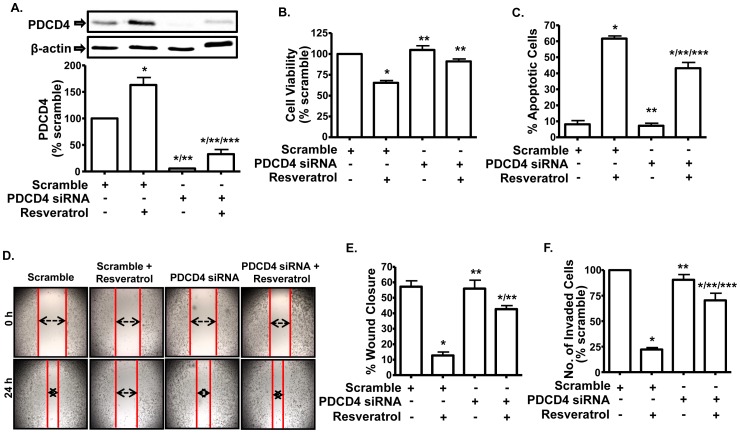Figure 4. Down-regulation of PDCD4 attenuates the ability of resveratrol to decrease viability and invasiveness of PC-3M-MM2 cells.
A, Western blot of the whole cell lysates of PC-3M-MM2 cells transfected with either scramble or PDCD4 siRNA (10 nM) for 48 h showed down-regulation of PDCD4 levels and reduced response to resveratrol (25 µM). Cells were exposed to resveratrol for 24 h after siRNA transfection. B, PDCD4 siRNA (10 nM) significantly reduced the ability of resveratrol (25 µM) to inhibit PC-3M-MM2 cell viability as determined by MTS assay. After 24 h of siRNA transfection, cells were seeded in 96 well plate and exposed to resveratrol for 72 h. C, PDCD4 siRNA partially reverses the ability of resveratrol to induce apoptosis in PC-3M-MM2 cells. Apoptosis assay was carried out by annexin V-FITC staining after 48 h of resveratrol (25 µM) treatment following 24 h of siRNA transfection. D, E, PDCD4 siRNA (10 nM) blocked the ability of resveratrol (25 µM) to inhibit migration of PC-3M-MM2 cells in wound healing assay as demonstrated by the double arrows (D). Cells were transfected for 24 h, after which the wound was created and images were taken at time, 0 h. Cells were then treated with resveratrol for 24 h and images were taken again. Representative images are shown. The data from (D) are presented in bar diagram in (E). F, PDCD4 siRNA (10 nM) reversed resveratrol-induced inhibition of PC-3M-MM2 cell invasion in modified Boyden invasion chamber assay. Cells were transfected in flasks for 24 h before seeding them in the top compartment. Data indicate mean±SEM of at least 3 independent experiments. (*), (**) and (***) indicate statistically significant difference (p<0.05) from scramble siRNA, from resveratrol+scramble siRNA and from PDCD4 siRNA treatment groups, respectively.

